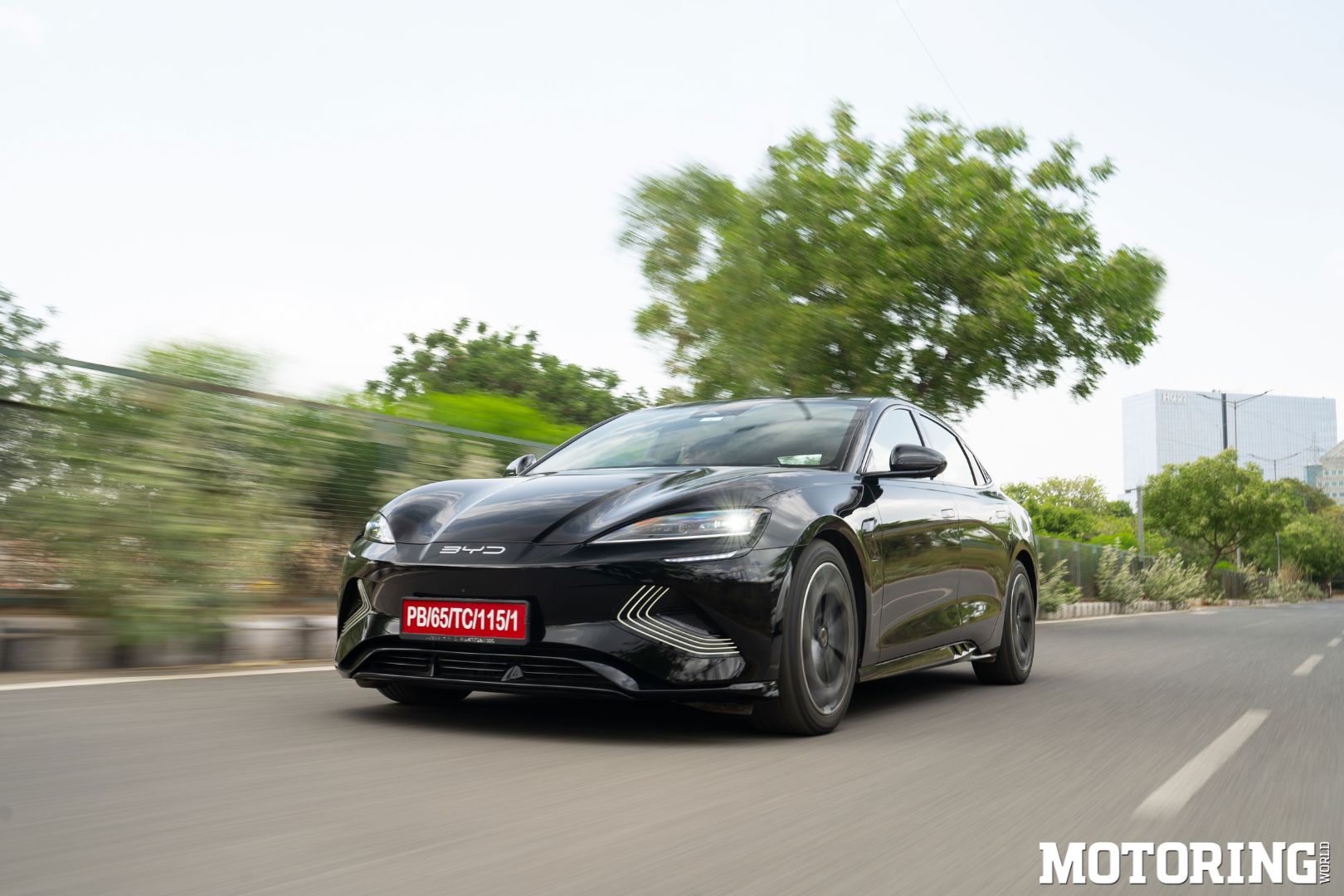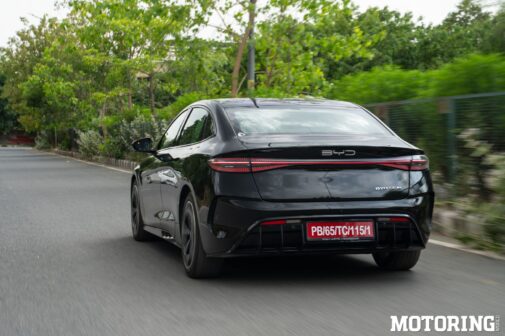Photos by Iguana Motion Pictures
If you read, or follow, anything automotive, you may know BYD is the biggest electric car manufacturer in the world today. Your dreams may still be work in progress, but BYD’s dreams are fast becoming a reality. Overtaking Tesla in EV sales is a big deal, established car makers are still struggling and a 29-year
old company, which started life making batteries for smart phones, has done it.
Like many other markets in the world, BYD is a new entrant in India too. However, unlike the wider range of products in other markets, their repertoire in India is kind of limited. Unless you are an environmentally conscious cab
user, you may not know of the BYD E6 which was their first model in India. The Atto 3 was the second, but safe to say it isn’t threatening anyone yet. Seal is their third and latest for India, and I must say it is a bold bet. An electric sedan in a market which loves SUVs and EV adoption is still nascent. Either the goodfolks at BYD love a challenge or this could be an important lesson for them in product planning.
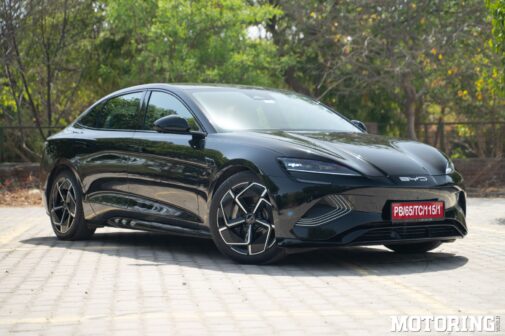
Let me start by saying the Seal looks quite good in the flesh. It could be my SUV fatigue, living in Delhi-NCR, but the Seal does turn heads on the road. The more I look at it, the more I start seeing a strong resemblance to a certain German electric sedan but you can decide for yourself. The LED DRLs, seem like they have been light painted, are inspired by ripples in water, and look quite cool. There are lines and cuts all around but the surprise is the sporty rear diffuser. The sloping roofline, 19-inch wheels and tight wheel arches all add to the sporty stance of the Seal. Function has followed form in terms of overall design and the results are pleasing to the eye. The Seal has a drag co-efficient of .219, which is impressive. The Mercedes-Benz EQS is at .20, for reference, if you care about these things.
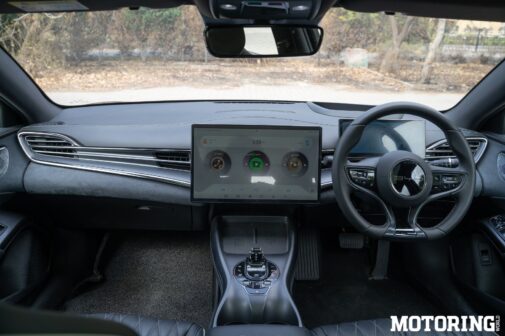
Sportiness meets sophistication inside the BYD Seal, where faux suede surfaces merge with the piano-black trim. Inspiration from the ocean continues inside as well, with the flowing design and a crystal gear shifter that is supposed to represent water droplets. Whatever may be the inspiration, all this is overshadowed by the massive 15.6-inch touchscreen, which you may have seen on the Atto 3, and its ability to rotate between portrait and landscape modes. While this feature may look cool in a reel, in real life the portrait orientation didn’t work for me.
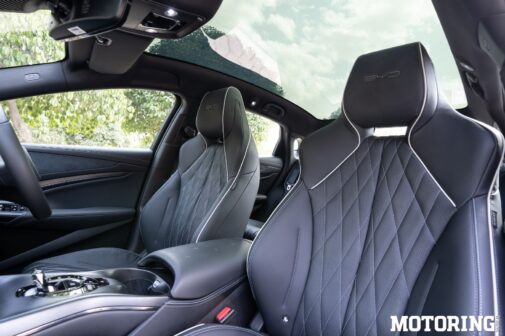
There are some buttons, but almost everything is controlled via this screen and that can be distracting. Take the smart a/c vents, for example, which have no levers/buttons to adjust the air-flow. There is an air swing function in case you are missing your window a/c, but you have to use the touchscreen. There is a separate 10.25-inch driver infotainment screen too, and while both screens work well the UI leaves a lot to be desired. Quilted memory seats in the front are a nice touch and come with heating and ventilation as standard.
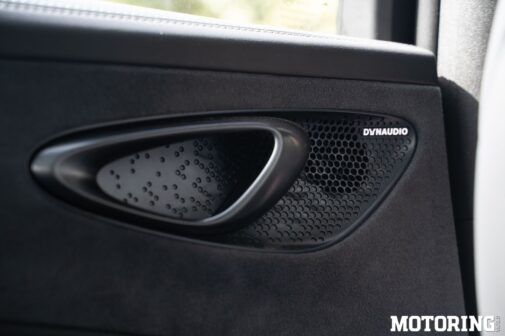
Like most expensive electric cars, the Seal is loaded with features. More than you will use, or perhaps like, but I guess that’s what people talk about at EV car meet-ups these days. Regular stuff like Android Auto, Apple Car Play, a 12-speaker Dynaudio music system, multiple USB ports, two wireless chargers and more. 10-airbags and camera based ADAS features are worth mentioning, though.
The Seal comes in three variants, each with different power and range figures. What you see here is the Premium variant, which comes with a 82.56kWh battery, a single 313hp motor and a claimed range of 650km. Despite being rear-wheel drive, and all the sportiness we spoke about earlier, there is no put your foot down and blast off action in the Seal. Off the mark, the Seal is not as quick as one expects EVs to be. It may achieve the claimed 0-100 time of 5.9 seconds, I did not test it, but it doesn’t feel fast immediately. I did try multiple regen settings and driving modes, but the initial response was the same each time. Sure, it will do triple digits comfortably but the thrill of speed is a bit muted.
Thanks to independent coil-suspension all around, and despite the tight wheel wells, the ride is a bit stiff but comfortable. BYD’s pioneering battery tech and design keeps the centre of gravity low and despite the weight, the Seal handles well. The 145-mm ground clearance is low, but if it could deal with Gurgaon’s speed breakers you are good for anywhere in India. Brakes, like in most EVs, require a bit of getting used to. I found the pedal travel to be longer than I would have liked, irrespective of the regen setting.
The Seal sits in quite a sweet spot when you look at the rivals, until Tesla comes in. It looks good, has impressive numbers on paper and comes with tons of features. If you are in the market for an EV, it certainly deserves consideration. If you are on the fence, on going electric, it may even convince you to take the plunge especially if you have a chauffeur to drive you around. If you are one of the few looking for outright driving pleasure, you should drive it a couple of times before you seal the deal.
AUTODATA
BYD SealPOWERTRAIN
Battery:
Max Power:
Max Torque:
Range:
Transmission:
82.6 kWh, Blade LFP
313 bhp
36 kgm
650 km (WLTP cycle)
NA
TYRES
F/R: 235/45 R19
DIMENSIONS
L/W/H (mm):
Wheelbase:
Ground Clearance:
Kerb Weight:
4800/1875/1460
2920 mm
145 mm
2055 kg
PRICE
₹45.55 lakh (ex-showroom)





